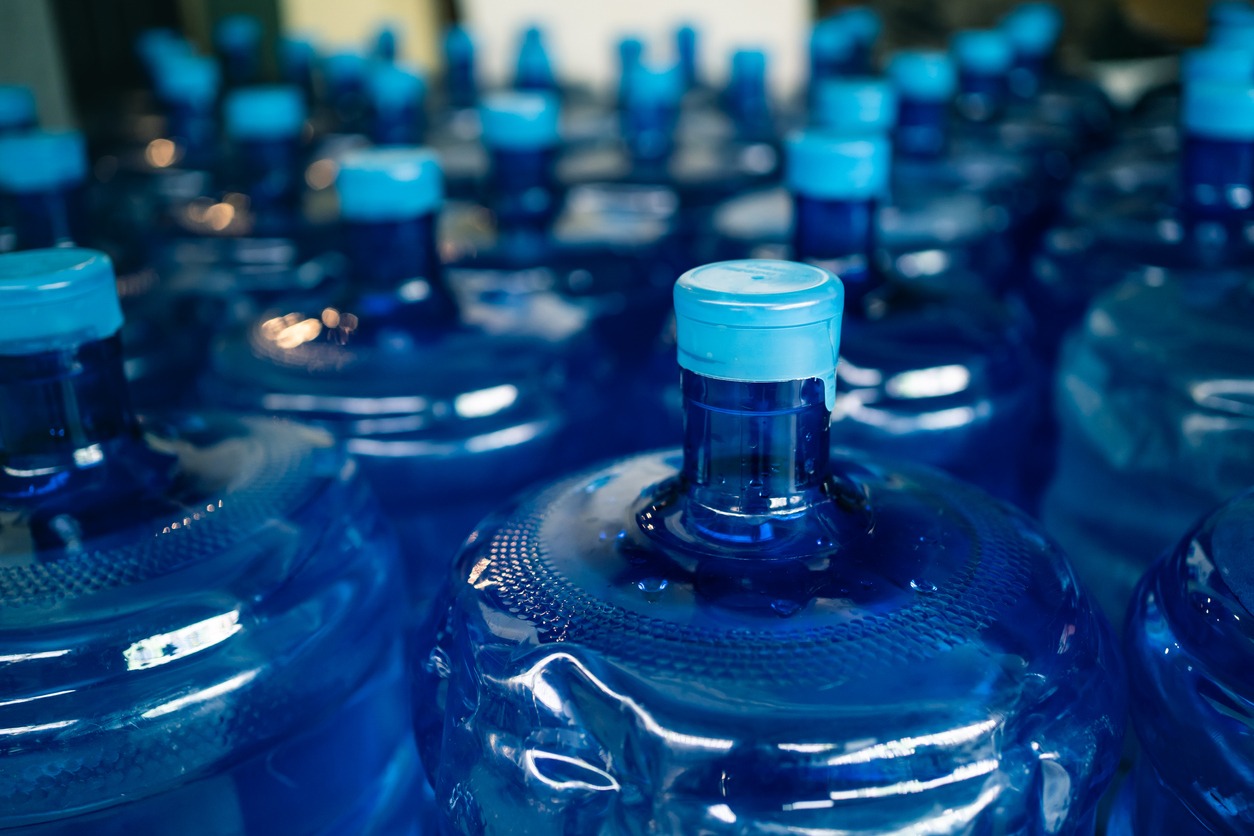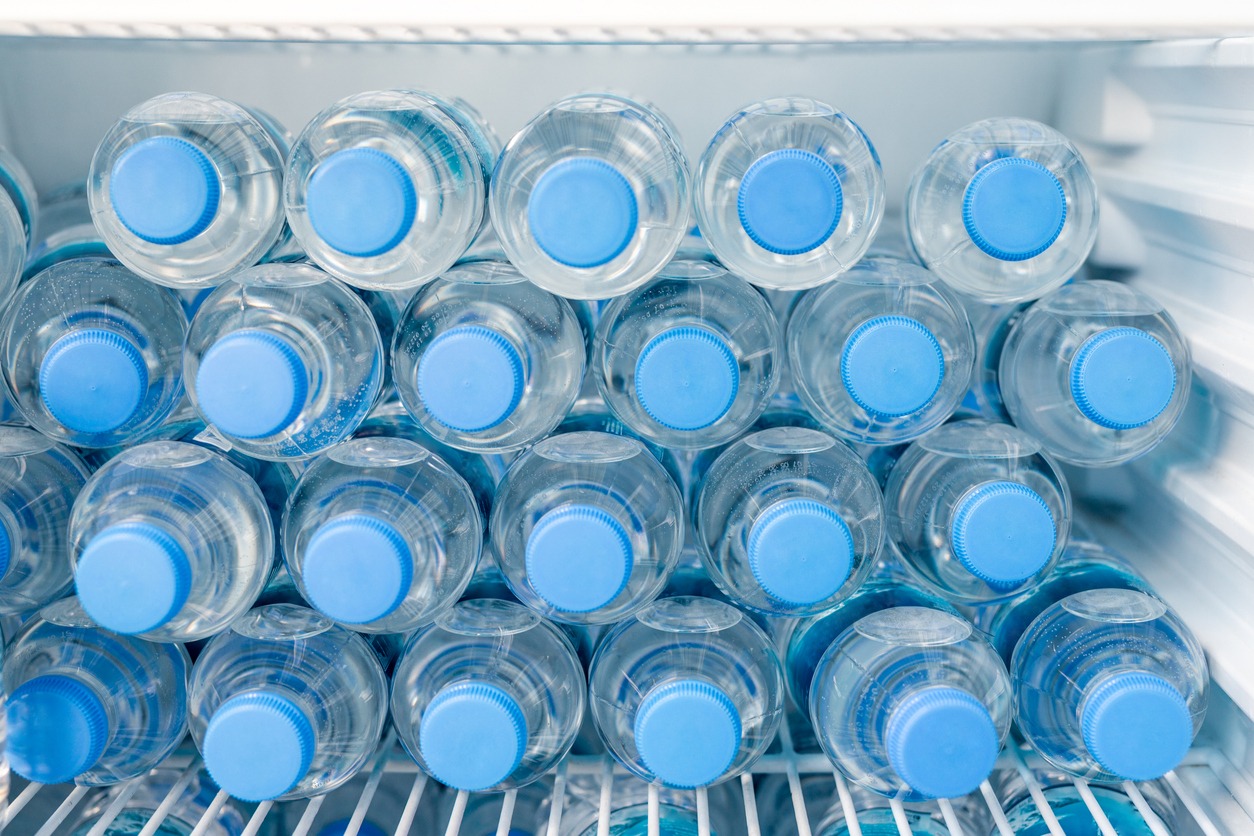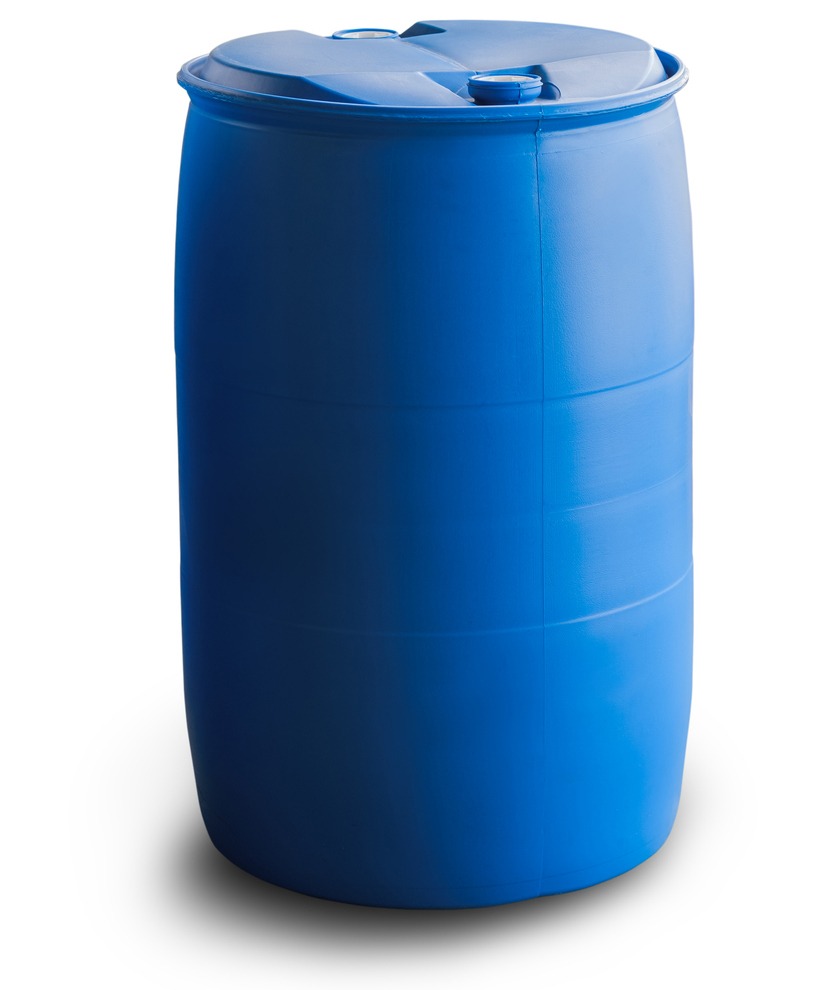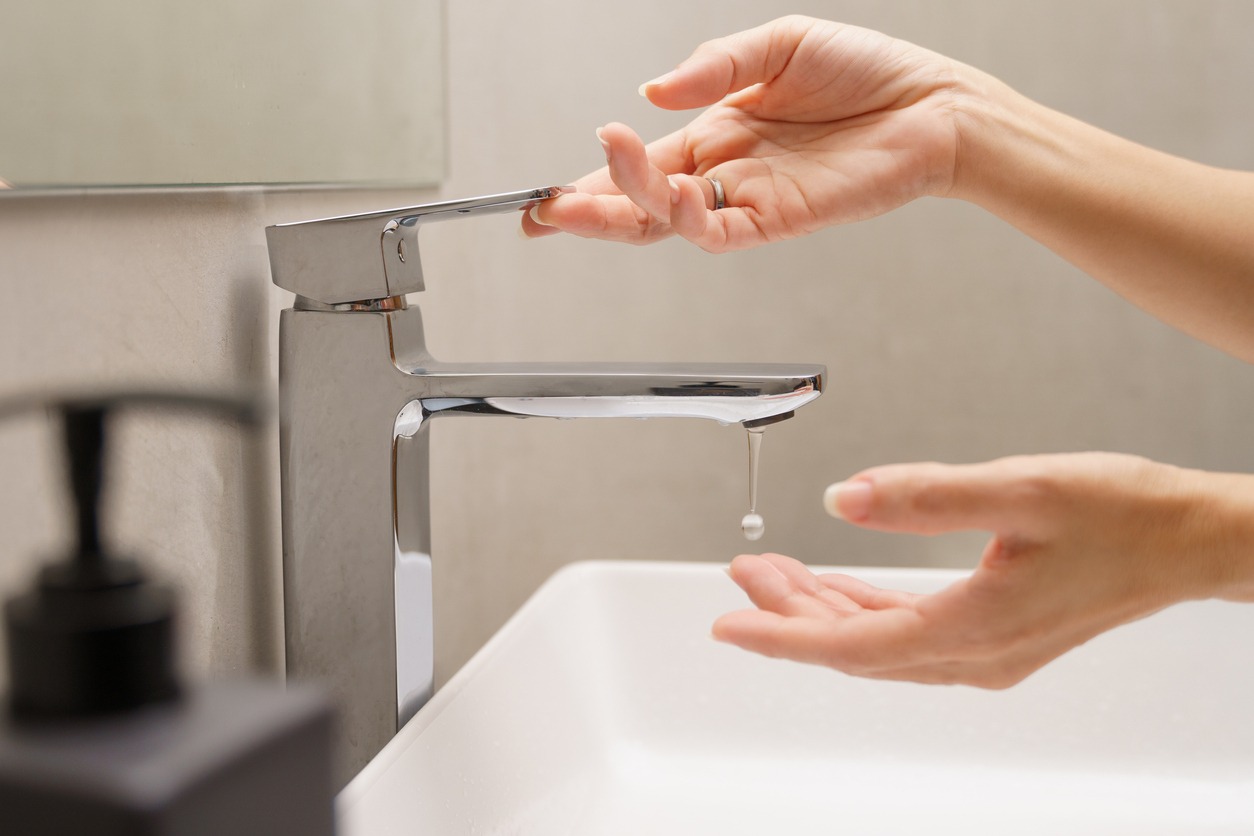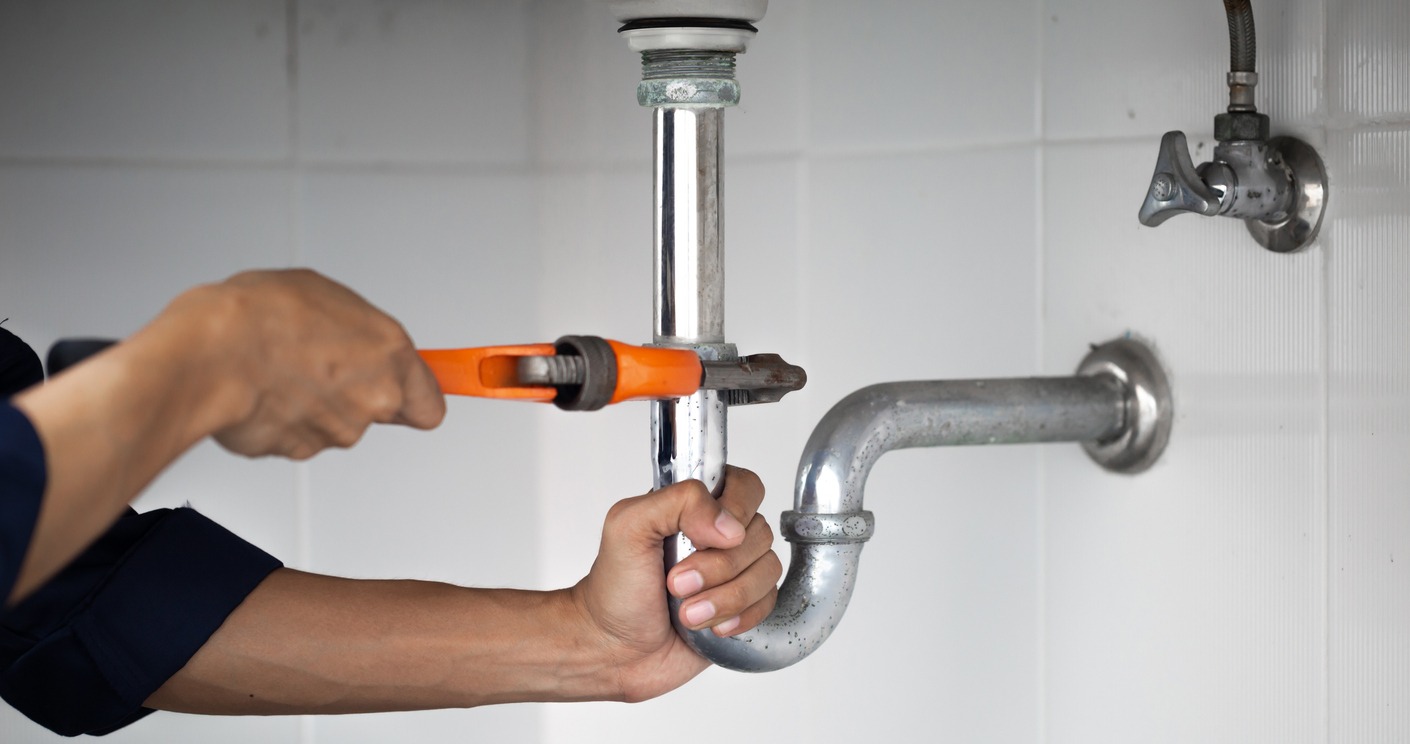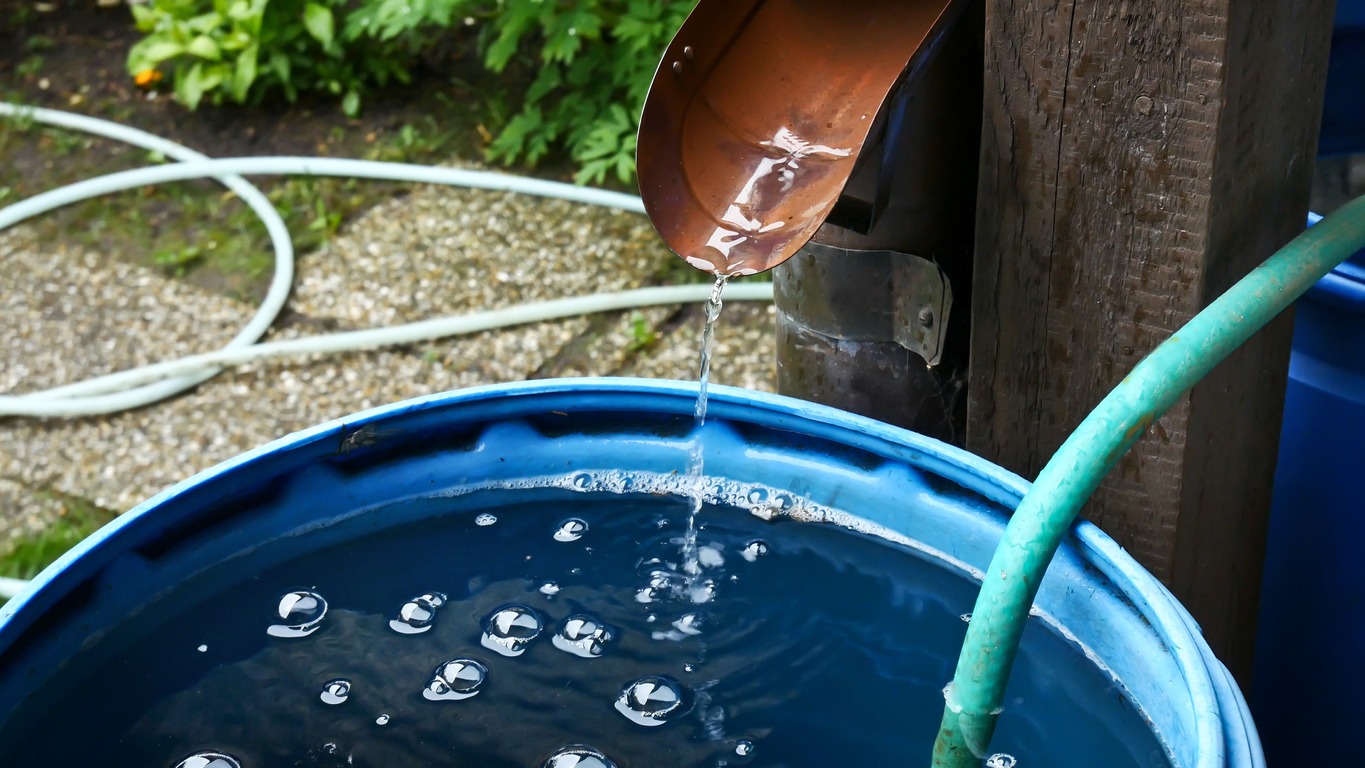Emergencies can strike anytime, and being prepared is essential for survival. And one of the most important things to consider when preparing for an emergency is water. After all, you can last for 1-2 months without eating but only up to three days without water.
In an emergency situation, access to clean water may be limited or completely cut off, making it crucial to have a sufficient supply of water on hand. But how much water should you store for an emergency? The answer may not be as simple as you think.
In this article, we will explore the factors that determine how much water you should store in an emergency and provide practical tips on storing and conserving water in an emergency. Whether you’re a seasoned prepper or new to emergency preparedness, this article will help you ensure that you and your loved ones have enough water to survive in a crisis situation.
Emergency or Crisis Situations that Causes Water Outages
It’s important to be prepared for any type of emergency and to have a sufficient supply of water on hand in case of a water outage. There are a variety of crises that can cause this, some of which include:
- Natural disasters – Natural disasters such as hurricanes, earthquakes, floods, wildfires, and volcanic eruptions can damage or destroy water treatment facilities, disrupt water distribution systems, and contaminate water sources, resulting in a water outage.
- Power outages – Water treatment facilities and distribution systems rely heavily on electricity to function. Power outages caused by storms, cyber-attacks, or other disasters can cause a loss of water supply.
- Infrastructure failure – Aging infrastructure, such as pipes and water mains, can break down or become damaged, which can cause water outages.
- Contamination – Water sources can become contaminated due to natural causes such as algae blooms or man-made causes such as chemical spills, resulting in a loss of safe drinking water.
- Cyber-attacks – Water treatment facilities are increasingly reliant on technology to manage and operate their systems. A cyber-attack on these systems can disrupt operations, including water supply.
- Terrorist attacks – Terrorist attacks on water treatment facilities or distribution systems can cause significant damage and result in a loss of water supply.
How Much Water Do You Need to Store for Emergencies?
The amount of water you need to store for emergencies can vary depending on several factors, such as the number of people in your household, your climate, and the length of time you need to be self-sufficient.
However, the general recommendation is to store at least one gallon of water per person per day for a minimum of three days. Most emergency preparedness organizations suggest you should be prepared to be without water during an emergency.
Therefore, if you have a household of four people, you should store at least 12 gallons of water (4 people x 1 gallon per person per day x 3 days) for emergencies. It’s also important to keep in mind that you may need additional water for cooking, cleaning, and sanitation purposes.
You may want to store more water if you live in an area with hot climate, extreme temperatures or a history of water shortages. Also, if you have children, nursing mothers, pets, or individuals with special medical needs, you may need to store additional water.
Where Should You Store Water for Emergency Use?
Unopened, commercially bottled water is the safest and most reliable water source during an emergency. However, it can get pricey quickly, and it may get unused if there are no water outages that may come in the coming months. After all, tap water is clean and free, so a more economical way to store water for emergency use is to collect tap water yourself and store them in proper containers so you can be ready in emergency situations.
To ensure that the water you store remains safe for consumption, it is recommended that you use water storage containers that are specifically designed for food-grade use. Such containers are FDA-approved and have been tested to ensure they do not leach harmful substances into the water. These food-grade storage containers can often be found at surplus or camping supply stores. If you are unsure whether a container is food-grade, it is best to contact the storage container manufacturer to confirm its suitability for storing water.
Some examples of suitable water storage containers include plastic water jugs, water bricks, and 5-gallon water bottles.
If you are not able to use a food-grade water storage container, make sure that the containers you use were not previously used to hold liquids (like oil, milk, or juice) or solid toxic chemicals (like bleach or pesticides). Also, make sure that the containers you chose are:
- Sealable – This will help prevent contamination and evaporation. A tight-fitting lid or screw-on cap is ideal.
- Durable – Durable containers can withstand the rigors of long-term storage. They should also be able to withstand temperature changes and resist cracking or breaking.
- Of the right size – Choose containers of an appropriate size that meet your water storage needs. It’s better to have several smaller containers than one large one, as it allows for easier portability and flexibility in case of an emergency. But if your area is prone to water shortages, it pays to have a cubic meter water tank at home.
- Stackable – Stackable containers can save space and make storage more convenient.
- Light-blocking – Choose opaque or light-blocking containers to prevent the growth of algae and other microorganisms.
How to Manage Your Stored Water
Once you have filled up water for emergencies, you must take measures to ensure they are usable when any crisis or emergency comes up. Here are some tips for storing water in your home:
- Properly clean and sanitize containers before use to ensure that they are free of contaminants. Before filling the container with water, follow these steps to properly sanitize your containers:
- Clean the storage container thoroughly with soap and water, and rinse it well.
- Sanitize the container by creating a solution of 1 teaspoon of unscented liquid household chlorine bleach mixed with 1 quart (4 cups) of water. Be sure to use bleach that contains 5%–9% sodium hypochlorite.
- Cover the container tightly and shake it well, making sure that the sanitizing bleach solution touches all inside surfaces of the container.
- Wait for at least 30 seconds, and then pour the sanitizing solution out of the container.
- Allow the empty container to air-dry completely before use.
- Once the container is dry, pour clean water into it and cover it with a tight lid.
- Regularly rotate and replace stored water every six months to ensure that it remains fresh and safe for drinking.
- Keep them in a place with a cool temperature (50°F –70°F) and away from direct sunlight. Storing them indoors is ideal to keep them from being exposed to the elements.
- Keep containers away from areas where toxic substances like cleaning chemicals, pesticides, and gasoline are present.
- When using the water, do not touch the inside of the container with your hands. Also, don’t use your hands to scoop water out.
- If you are to use a scoop or other device to gather water from the container, use a clean one every time you remove water from the container to prevent contamination of the remaining contents.
How to Conserve Emergency Water
In an emergency situation, it’s essential to conserve your water supply to ensure that it lasts for as long as possible. Here are some tips for conserving emergency water:
Use water sparingly
In the meantime, avoid using water for activities that can wait, such as washing clothes, washing dishes, cleaning your car, or watering your lawn. Focus on using water only for essential purposes, such as drinking, cooking, and hygiene.
- Drinking – Drinking water is the most critical use of water in an emergency situation, so you have to conserve to make sure you have enough to drink. Temporarily, you may want to avoid eating foods that would make you thirsty or require you to drink more water afterward, such as sweets like chocolates, salty treats, or spicy dishes.
- Cooking – Be efficient with your cooking and only use the minimum amount of water needed to cook food. You may use a pressure cooker to cook food faster and avoid boiling food in large amounts of water. If you need to make your water supply last longer, you may avoid cooking foods that need lots of water to prepare. For short-term emergencies, you may survive by eating only ready-made or no-cook foods like cereal, canned soup, ready-to-eat meals, granola bars, and the like.
- Hygiene – If you have access to a shower, take shorter showers to conserve water. For some days, you’ll have to make do with wet wipes or a damp cloth to clean yourself instead of taking a shower. When you need to clean your hands, use hand sanitizer or rubbing alcohol instead of using water. If you must take a shower, it’s better to take a quick one using a bucket and a cup to rinse yourself.
Use water-efficient appliances
If you have water-efficient appliances, use them to save water. In case of extended water outages, you will need to wash dishes and clothes, and you just have to be efficient in doing so.
For example, use a dishwasher instead of washing dishes by hand, as dishwashers use less water. However, make sure to only run the dishwasher when it’s full to really conserve water and energy. Use a front-loading washing machine instead of a top-loading one, but the same thing – run it only when it’s full.
Invest in low-flow faucet aerators that reduce the amount of water that comes out of the faucet and water-efficient toilets that use less water per flush than traditional toilets.
Fix leaks immediately
Check for any leaks in your plumbing system and fix them promptly. You can check for leaks by turning off all water sources in your home and then checking the water meter. If the meter is still running, you may have a leak. Even small leaks can waste a significant amount of water over time.
Old plumbing fixtures like faucets and showerheads can develop leaks over time. To prevent water wastage in case of emergency, replace these fixtures with new, water-efficient ones.
In case of leakage during a crisis situation, you may use plumber’s tape to seal the leak until you get a hold of a plumber to fix it. You may also want to temporarily disconnect the pipe connected to the leaky faucet if you can’t deal with it right away.
Reuse water
During a water outage or shortage, clean water should be reserved for essentials like drinking, cooking, hygiene, and washing clothes and dishes. You do not want to waste clean water for flushing the toilet or watering your lawn during a crisis situation.
Use buckets to save graywater, which is wastewater from sinks, showers, and washing machines. So when showering, washing clothes, or washing dishes, collect used water using a bucket for use in non-potable purposes like flushing the toilet or watering plants.
Collect rainwater
If you have access to a rainwater collection system, use it to collect and store rainwater for non-drinking purposes. During a crisis situation, you should make do with using rainwater for cleaning, especially when a power outage happens in the rainy season.
Conclusion
Having enough water stored for emergencies is crucial for survival. By following the tips in this article, you can ensure that you have enough water to meet your needs in a crisis situation. And when you have enough water, it’s best to use it efficiently and conserve it whenever possible so you can stretch your supply even further should the water outage take longer than expected.
